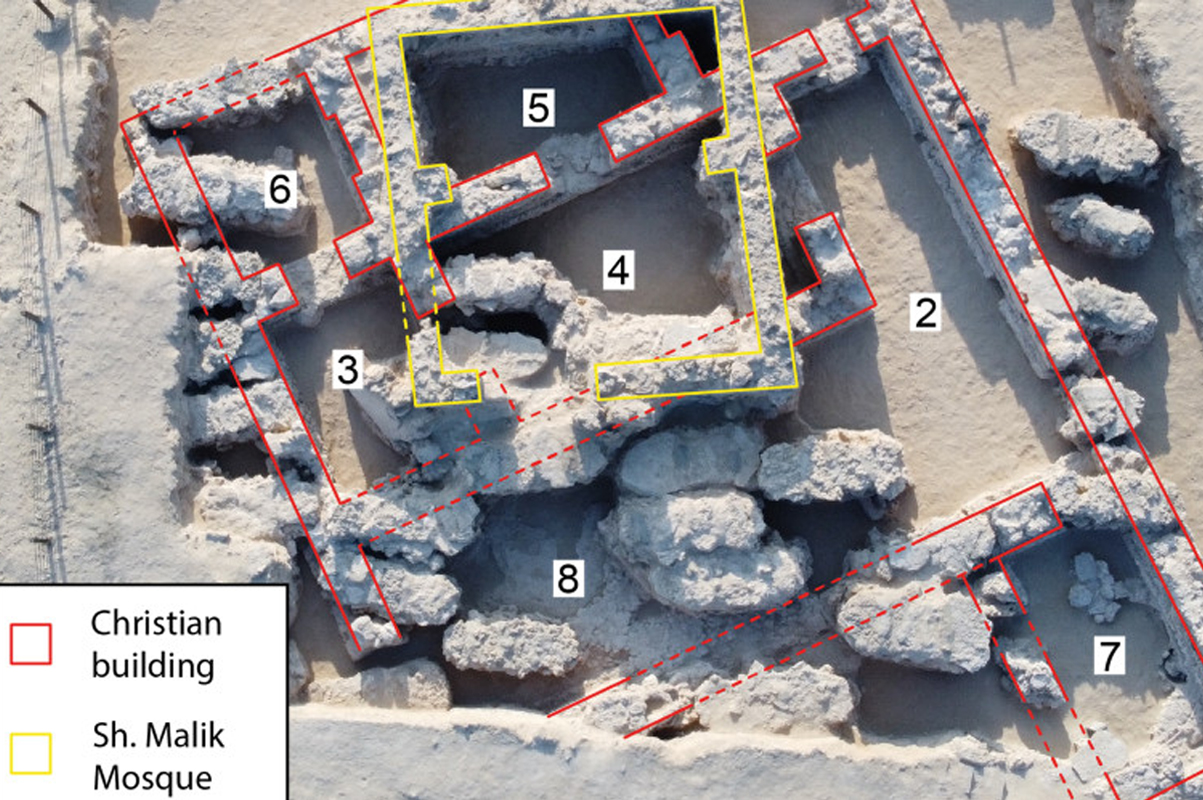Archaeologists from the University of Exeter, in collaboration with the Bahrain Authority for Culture and Antiquities, have discovered the first physical evidence of a long-lost Christian community in Samahij, Bahrain.
In the Arabian Gulf, the Church of the East, known as the Nestorian Church, was one of three major branches of Nicene Eastern Christianity that arose from the Christological controversies.
The Church of the East had its own interpretation of Christian theology and liturgy, which according to tradition, was founded by Thomas the Apostle in the first century AD. Islam swept the entire Arabian region in the 7th century AD, heralding the beginning of the Islamic era in Bahrain.
Recent excavations of a mound previously occupied by a mosque in Samahij have uncovered the remains of an earlier structure that contained a kitchen, a refectory, a workroom, and three domestic rooms.
Archaeologists suggest that the structure likely served as the palace for the Bishop of the diocese, which according to historical sources was called the Meshmahig or Mašmahig.
“The building was very well-constructed with stone walls, plastered inside, and with plaster floors. Sockets and holes indicated where doors and benches had been fixed internally, and the kitchen contained several hearths made from the bases or tops of amphorae like storage vessels,” said the archaeologists.
Excavations also unearthed carnelian semi-precious stone beads, Indian ceramics, used glassware, small wine glasses, and copper coins minted in the Sasanian Empire. Additionally, spindle whorls and copper needles used in textile production were found.
Evidence of the structure having a Christian association is from the discovery of three plaster crosses found in situ, and by graffiti scratched into the plaster that show the Chi-Rho and a fish, both early Christian symbols.
Professor Timothy Insoll of the Institute of Arab and Islamic Studies at the University of Exeter, said: “This is the first physical evidence found of the Nestorian Church in Bahrain and gives a fascinating insight into how people lived, worked and worshiped.”
Header Image Credit : University of Exeter
Sources : University of Exeter





